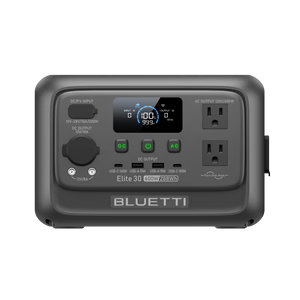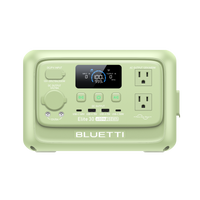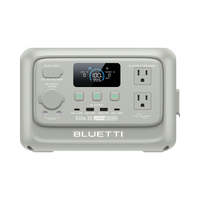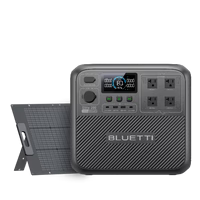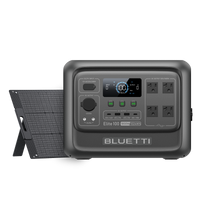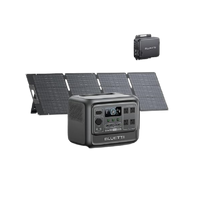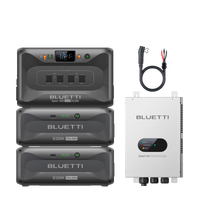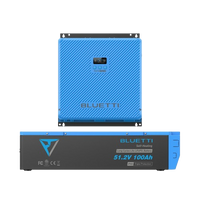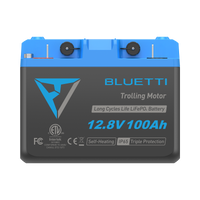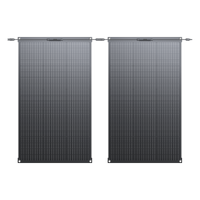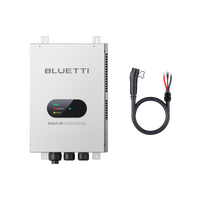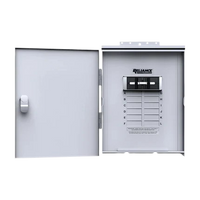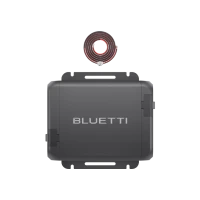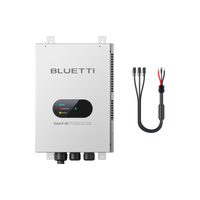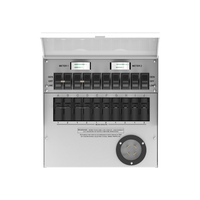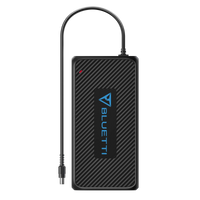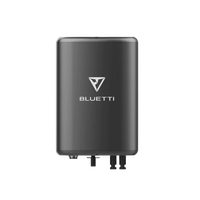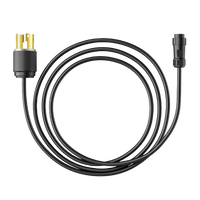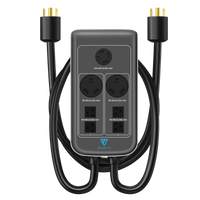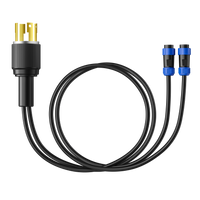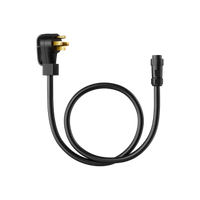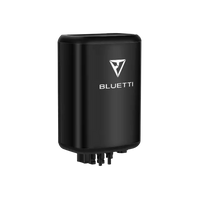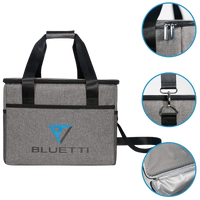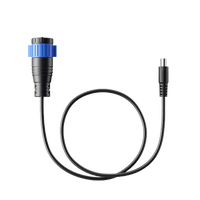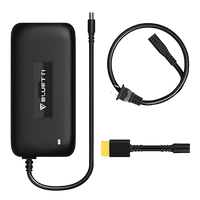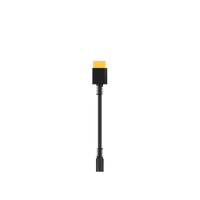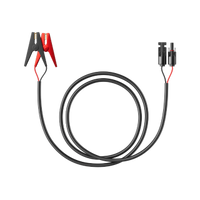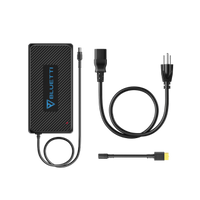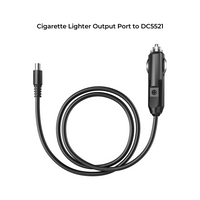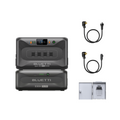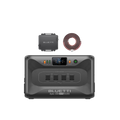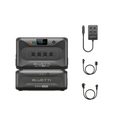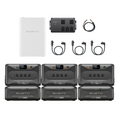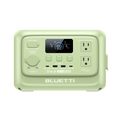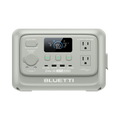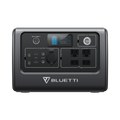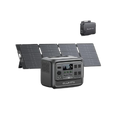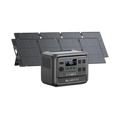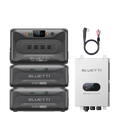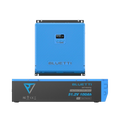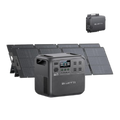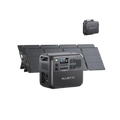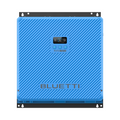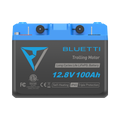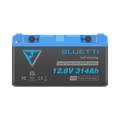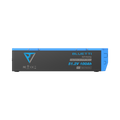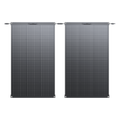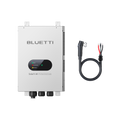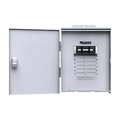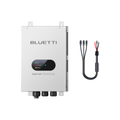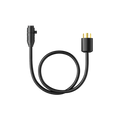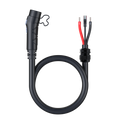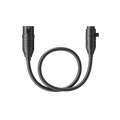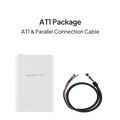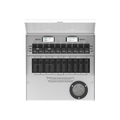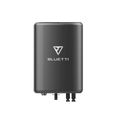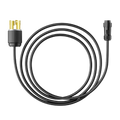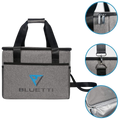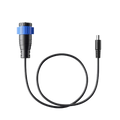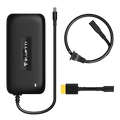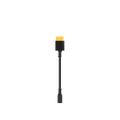The last ten years have recorded sunlight energy being increasingly employed. This consequence has led to the application of the same in different fields. In the area of recreation and sports, solar panels are becoming more popular on RVs and boats. If you are thinking of using daylight energy for your boat, this article will give you valuable information to know how to. We will look at how many collectors we need to power a boat, what determines this number, how sunshine-powered yachts are beneficial and discuss various considerations for installing these panels on a boat.
How Does Solar Panel Work?
Now we go into the details of the workings of solar power on your boat. Attaching solar panels to your sailboat or powerboat may give you the needed power for the onboard devices and the boat's batteries. The panels create an electrical current from sun beams which is then transmitted through the charge controller to keep the batteries charged when not connected to any shore power.
The power produced can as well be processed via an inverter, which is used to convert the DC power coming from your panels and/or battery into AC power. You can channel this AC power into running the appliances that you have onboard. Whether it is a refrigerator and a wine cooler or a computer and a TV, everything of this can be powered using AC power created from your solar panels.
How Many Solar Panels Do You Need?

The first thing is to comprehend your boat’s power usage and then estimate the number of panels. It can be effectively arranged by using a spreadsheet.
Sum up this energy by making a list of each device's power usage, such as the fridge, lights, computers, etc., by checking the appliance's energy label for watts or amps. Remember whether you use all watts, or amps make sure to match it with the solar panel's quoted output.
Keep in mind that power equals the current multiplied by system voltage.
Then, compute the watt-hours of your every appliance by multiplying the watt output of each device with the hours per day the gadget will be turned on.
Remember the fact that some appliances will require more power in some hours than others. For example, when the sun is out and the temperature rises, the fridge will be put under more load, or the watermaker will be used more if there are more guests onboard.
Besides, you must determine a power output that comes from your panels over 24 hours. The output must provide your power requirements throughout the day as well as a capacity to charge your battery by the amount which it has been depleted by night.
Once this figure is achieved, allocate extra 10% margin for expandability and error. If you happen to underestimate your power use, you might need to run the motor now and then just to re-charge the batteries.
In case it is needed, you can insert an additional panel or panels at a later time. Power consumption is erratic and difficult to forecast. Keep in mind that a little extra more carries you further than a bit less.
Benefits of Using Solar Panels for Boats
A marine solar panel can be a right solution in the case of staying away from grid-based power supply. You have the ability to switch on all of your electronics like TV, laptop, cell phone chargers, stereo, navigation lights, cabin lights, bilge pump, GPS etc., even when you are anchored for the night or fishing, which will still have enough power to start your engine and navigate you home.
Moreover, solar power can be safely used for electricity generation and storage even during your absence on the ship, something that generators are not capable of. They need to be operated and watched over which is not required for solar power. With solar panels on your boat, you will be able to harness usable electricity during the day to power up the accessories on your weekend boating trips.
The most important advantage is money and time saved. Though it is a small initial investment, it does not compare to the amount of money you save in powering your boat at no cost for the lifetime of panels. Options like marine generators need the continuous fuel supply, which means both the time and budget for this source will be engaged periodically.
Another benefit of having solar panels on boats is their silent operation. The traditional generator becomes a noisy disruption for people who run or relax on the open water. Through solar energy fuelling your boat, you can still have the complete experience of sailing in the quiet atmosphere as well as not losing power in your boat.
How to Get the Most out of Your Boat’s Solar Panels?
To ensure that your collectors produce as much energy as possible, observe these tips:
- Panel Orientation: Work to orient your panels perpendicular to the sun light as much as possible. Panels will be more productive when they have a direct connection to the sun. Make sure they are set up in such a way that they always face the sun no matter where it is and regardless of the season.
- Shadow Impact: The shadow can dramatically cut the output of the panel even if just a small part of the panel is covered. Even if a little portion of the panel’s surface is covered the electric capacity of the panel may be reduced by half or even more. A droop up to 71% can be noticed if anything massive like an umbrella, radar dish, or a heightening device, casts a shadow over a power panel.
- Temperature Control: Because of the fact that black surfaces are difficult to keep cool in the sun, the amount of power produced may reduce as the temperature rises. Adding ventilation on the rear side of the board will allow the solar panel to harvest more energy. The cooler the panel, the higher the productivity. As an example, a solar panel can go above its rated specs by 30 – 40 percent on a cold, clear winter day.
Top-Rated Solar Panels for Boats
BLUETTI PV420 Solar Panel

This is a sturdy and reliable daylight collector which has the capacity to convert up to 23.4% of incoming sunlight into useful energy. Priced at C$1,099.00, it is able to deliver 420W of power which ensures fast charging speeds. Besides, its folding design and effortless setup with the kickstand make it very portable, and at the same time highly convenient to use.
The panel is covered with a durable and splash-proof material that has been specifically designed to last in outdoor weather conditions. Furthermore, the panel possesses a long-lasting and sturdy ETFE coating. In addition, it can work with a number of power stations made by BLUETTI. Consequently, it’s a suitable choice for people who require a steady backup resource for boat power.
BLUETTI PV350 Solar Panel

At C$999.00, the collector remains economical than other power panels in its class with an output of 350W, which is slightly lower but maintains the higher conversion rate which means it is efficient power generation. The setup comes with a boosting kickstand, thus providing convenience of setting it anywhere.
Besides that, its long-lasting construction with water-resistant components makes it ideal for outdoor use. In addition, the fact that the PV350 is foldable and portable is what makes it a great choice for boat trips or situations requiring emergency power backup. What's more, it can be connected to various BLUETTI devices. As a result, it offers multiple possible usage scenarios.
BLUETTI PV200 Solar Panel

This module goes for C$599.00. It delivers 200W of power with its monocrystalline solar cells that attain up to 23.4% efficiency. Other than that, the waterproof and long-lasting multi-layer coating alongside the foldable design ensure both sturdiness and portability.
Moreover, this panel is compatible with other common solar generators with MC4 connectors. As a result, it is a universal solution among different power demands. Lastly, it already comes with a 12-month warranty which is a good guarantee for its customers in spending their money.
Final Thoughts
Summing up, a wise investment for your boat is developing a full-fledged solar power facility; it will provide sufficient power and at the same time reduce your ecological footprint. Novel panel types, like monocrystalline, polycrystalline, or thin-film, may be deployed on a boat. Certain manufacturers, nevertheless, do not cover saltwater and marine environments under their warranty.
But remember the initial process to find out the optimum type of solar panel of your boat is to know the amount of power that the boat consumes. This may include seeing the amps per hour and volts of each appliance.
Additionally, you can employ a battery monitor that can estimate the energy consumption of your fridge, lights, or other gadgets onboard while operational. Once you figure out the amount of amp hours your boat consumes daily, you can then find out the wattage of the power your solar panels need to produce. That integrative perspective will lead to a complete experience of benefiting from solar-powered boating.






